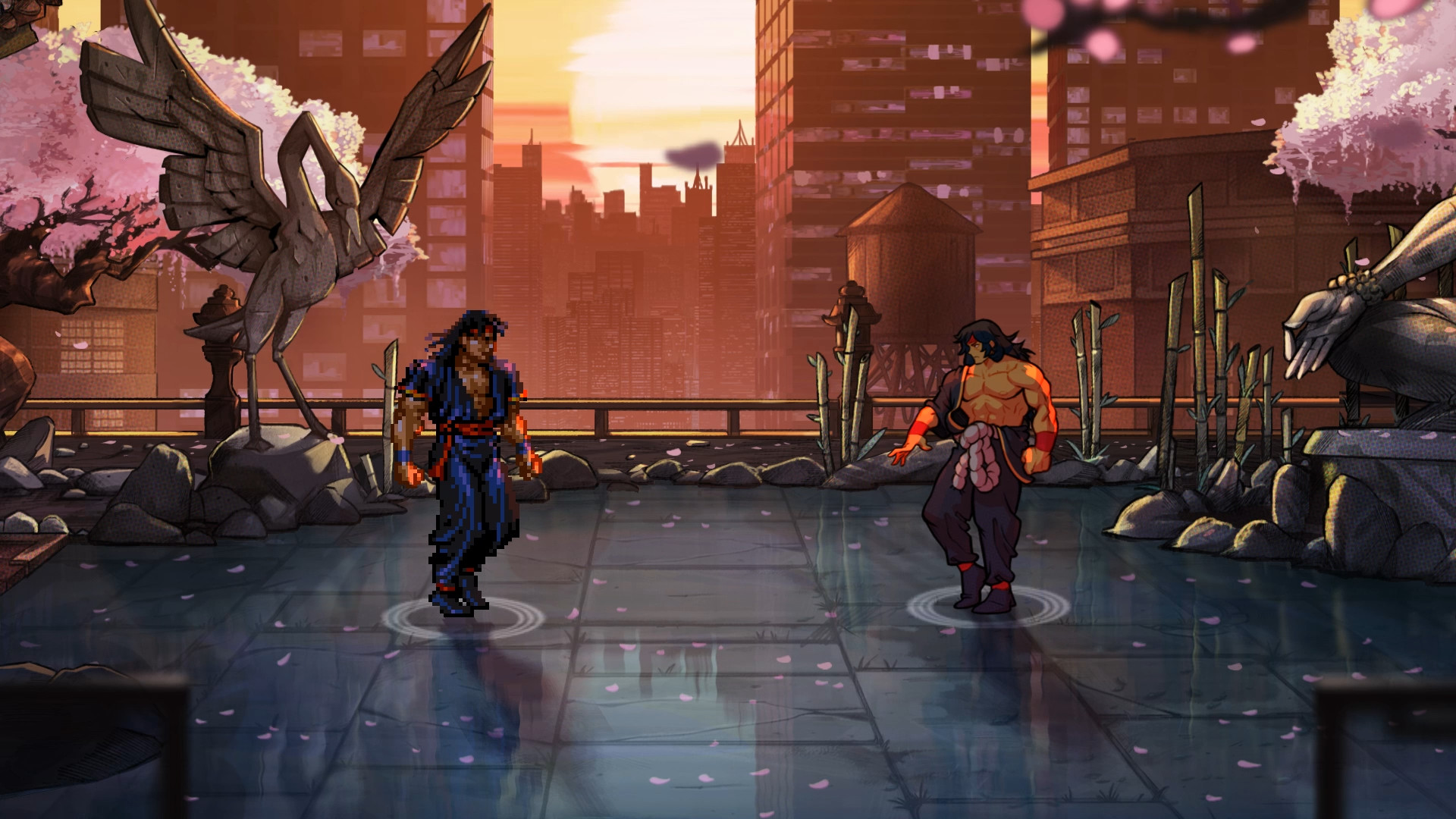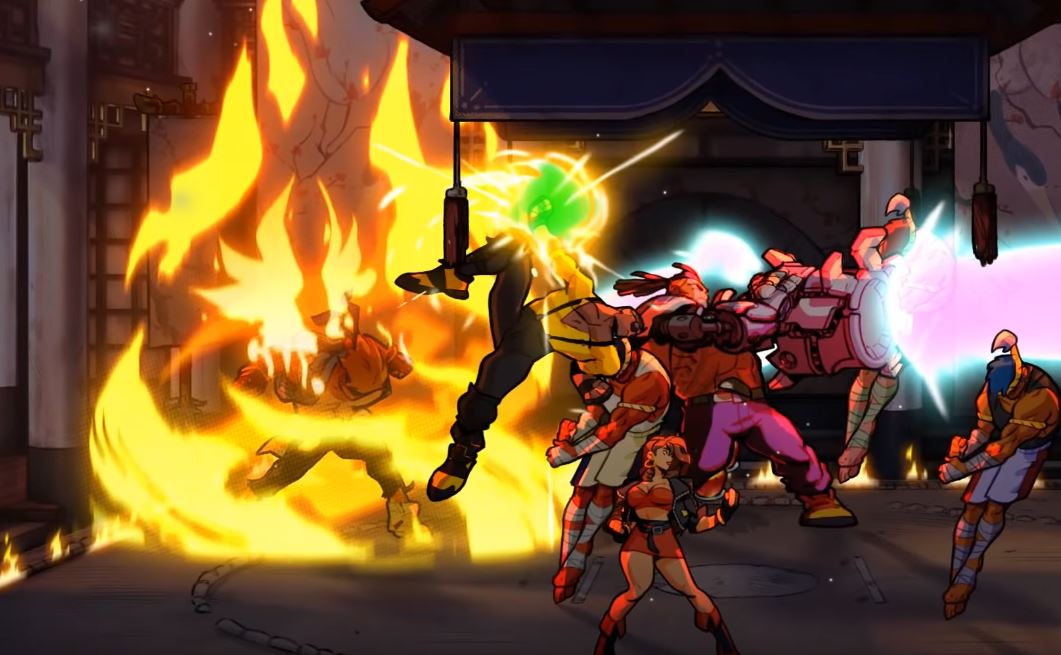

Using these special moves can allow you to land huge hits on tougher enemies like bosses, but holding onto them also adds a bonus to your overall score too. Now it feels worth the risk.Īnd last but not least, your special move lets you deploy a huge unblockable attack that feels like something out of Street Fighter. It used to be that I would avoid the defensive button at all costs in previous Streets of Rage games. It’s a small but welcome improvement that introduces a nice risk/reward mechanic. However, if you can follow up with an uninterrupted chain of hits on enemies, you can gain that health back. Like in previous games, this move comes at the cost of a tiny chunk of health. A defensive move helps you break out of a tough spot in case you get surrounded. Walking right up to an enemy gives you the chance to grab them for an up-close thrashing or a throw. Jumping and then attacking will let you dish out mid-air attacks in either direction.

You can do that at the end of a string of combos or any time, really, to quickly knock an enemy back in one hit. Holding that same button lets you unleash a strong attack to catch any foes who come into striking distance. That lets you rush and knock a few goons on their backs. For example, you can perform a quick dash by double tapping left or right before your main attack. Your main attack lets you combine a small but useful selection of combos to chain together on enemies. You have a D-pad or an analogue stick and four buttons to help clear your way.
STREETS OF RAGE 4 ARCADE MACHINES SERIES
This series has always been about jumping right in and mashing buttons in a constantly randomised sequence of scenarios for you and a potential partner to rock-paper-scissor your way through. When you and a partner are in sync with one another, it can feel like a dance. There’s also the unspoken synchronisation that can happen between two players cooperatively wiping screens clean of computer-controlled baddies. Streets of Rage games feature a wonderful mix of being mindful of your surroundings, learned knowledge of enemy attacks and weaknesses, and utilising your own arsenal of attacks. It’s just pure brawling with a couple of tiny formula tweaks thrown in for longterm fans to notice and newcomers to appreciate, if they choose to revisit the first few entrants in the series (which they definitely should). There aren’t any skill trees or numbers to concern yourself with as you play. It’s a formula that worked when people still got together in these ancient spaces called “arcades,” or sat together in front of clunky tube TVs long before the days of online matchmaking. Streets of Rage 4 has the nearly impossible task of taking a genre that’s nearly 40 years old and retaining what those games did so well while somehow making it feel fresh by today’s standards. You’re out to put an end to an evil mastermind or rescue a friend who’s been taken hostage. The stories in the original Streets of Rage games were never meant to be anything more than echoes of B-grade action movies. The formula has always been simple: it’s a multiplayer side-scrolling action game that challenges you with wave after wave of enemies, in a series of progressively difficult levels that give you a variety of weapons to use and obstacles to navigate.

Streets of Rage turned my living room into an arcade with some of the coolest music my tiny brain had ever heard at the time. Streets of Rage, known as Bare Knuckle in Japan, started as Sega’s entry in the beat ‘em up genre that became so popular in the mid-to-late 80s and early 90s.įor me, it came at a time when my world revolved around martial arts movies. Some folks might prefer Double Dragon, Final Fight, or the countless other games from that era, but the Streets of Rage series has always been my personal favourite. Streets of Rage as a series has always meant a lot for me.

Watch my video review above or read the video transcript below:


 0 kommentar(er)
0 kommentar(er)
